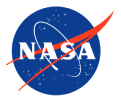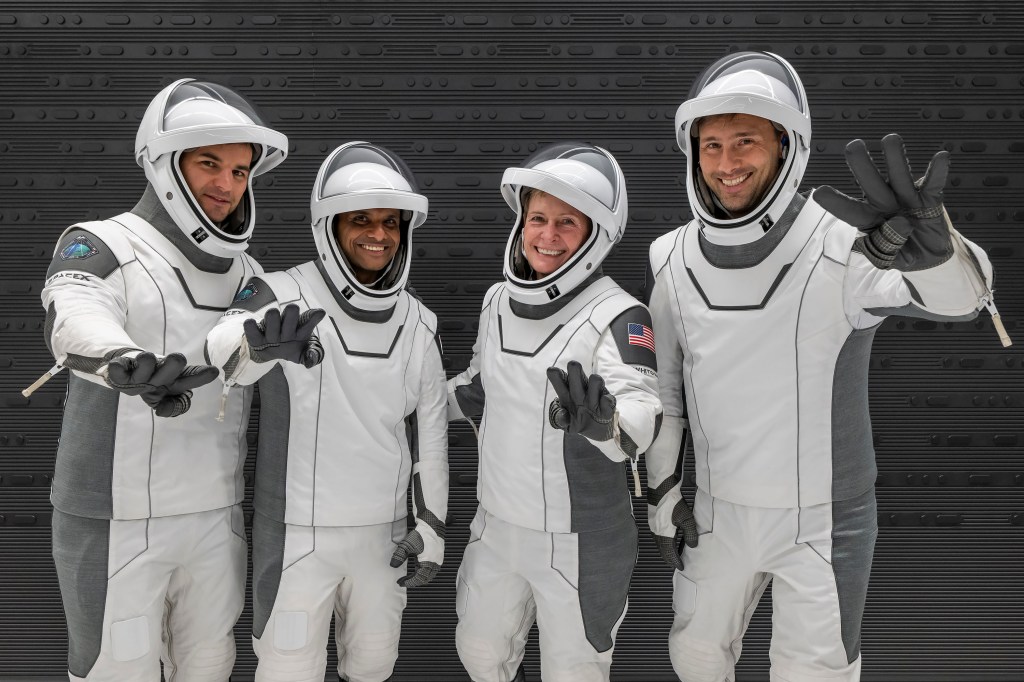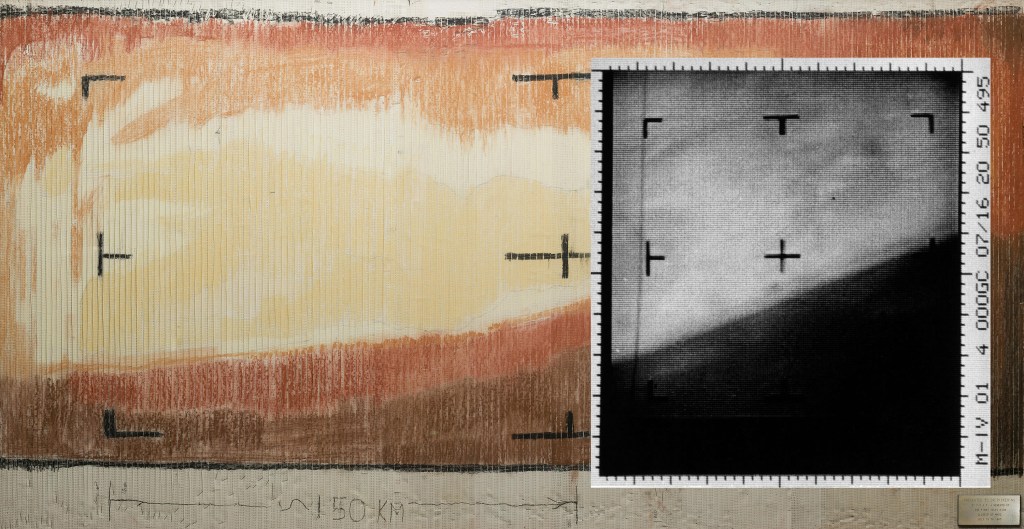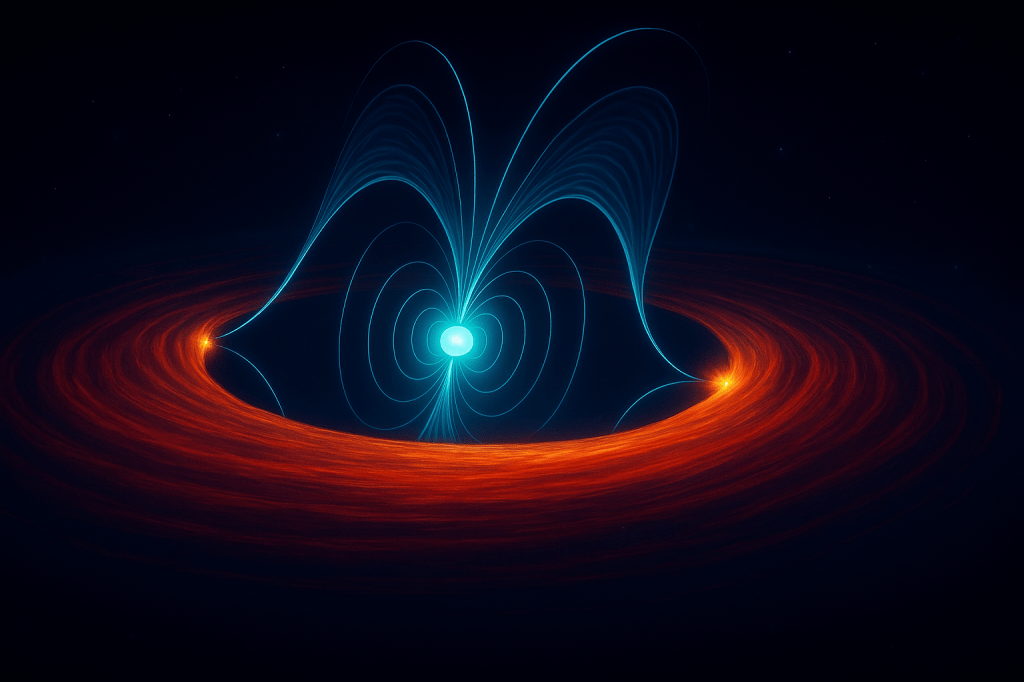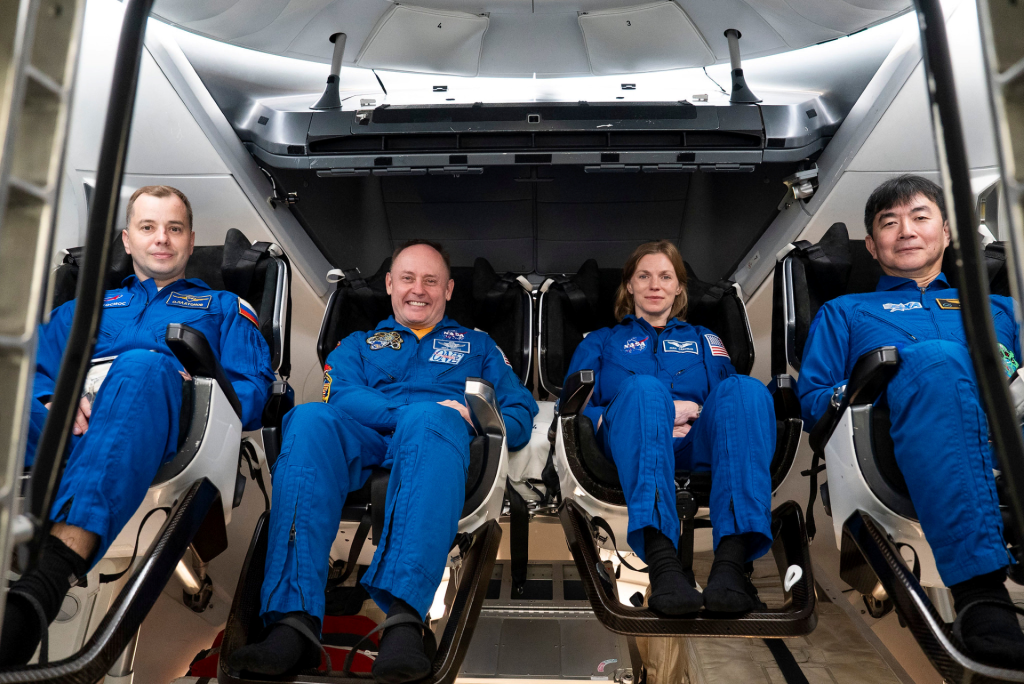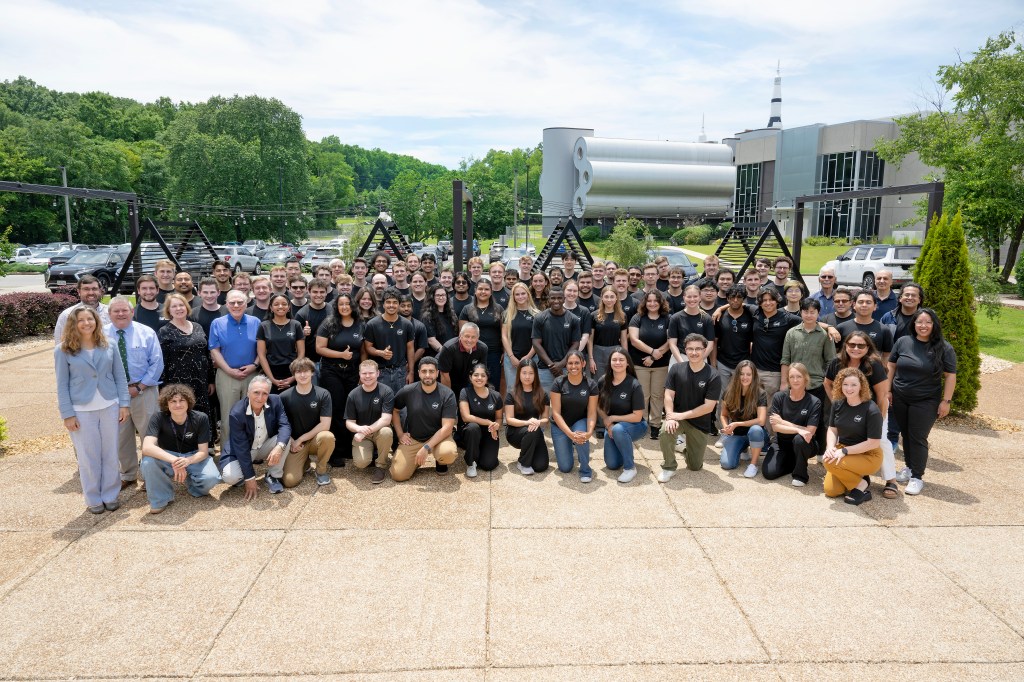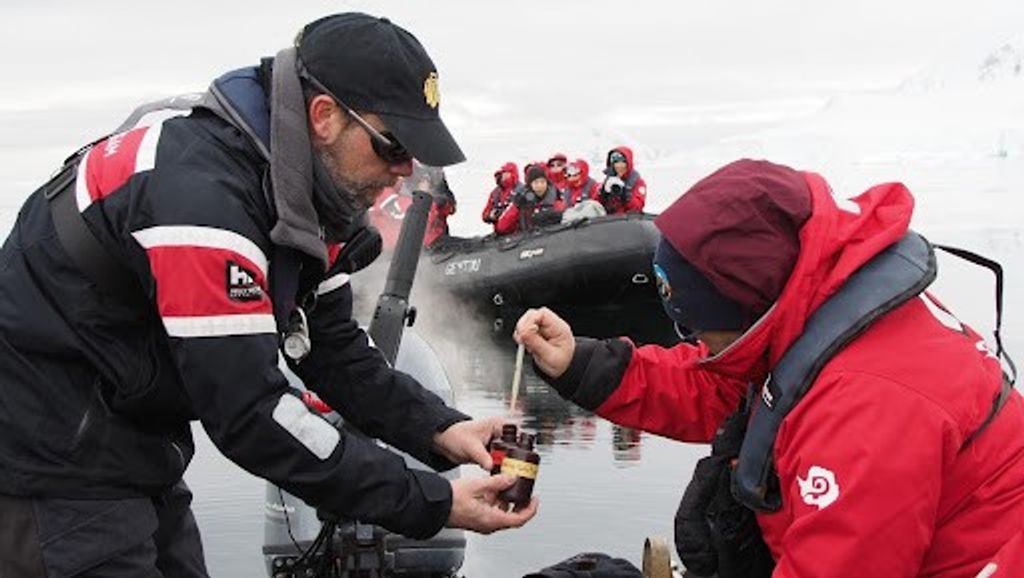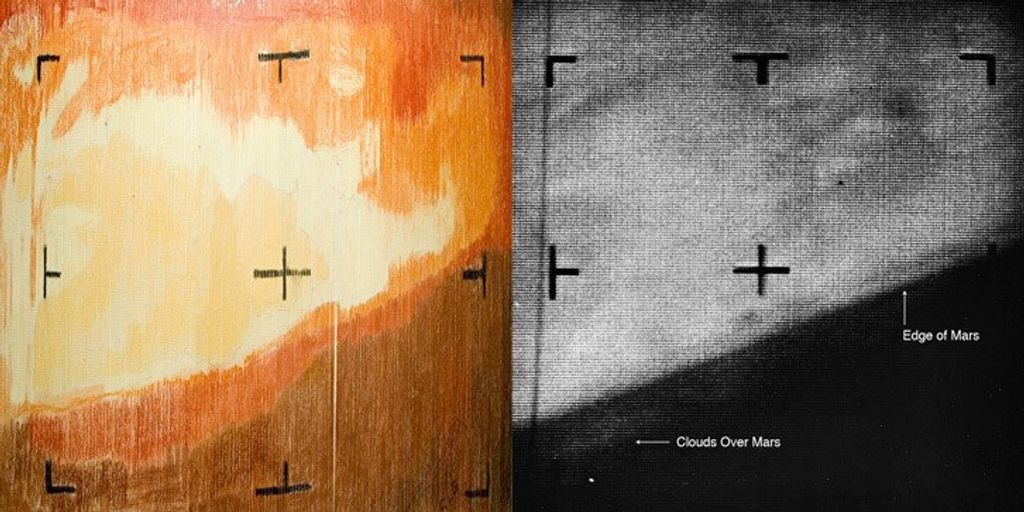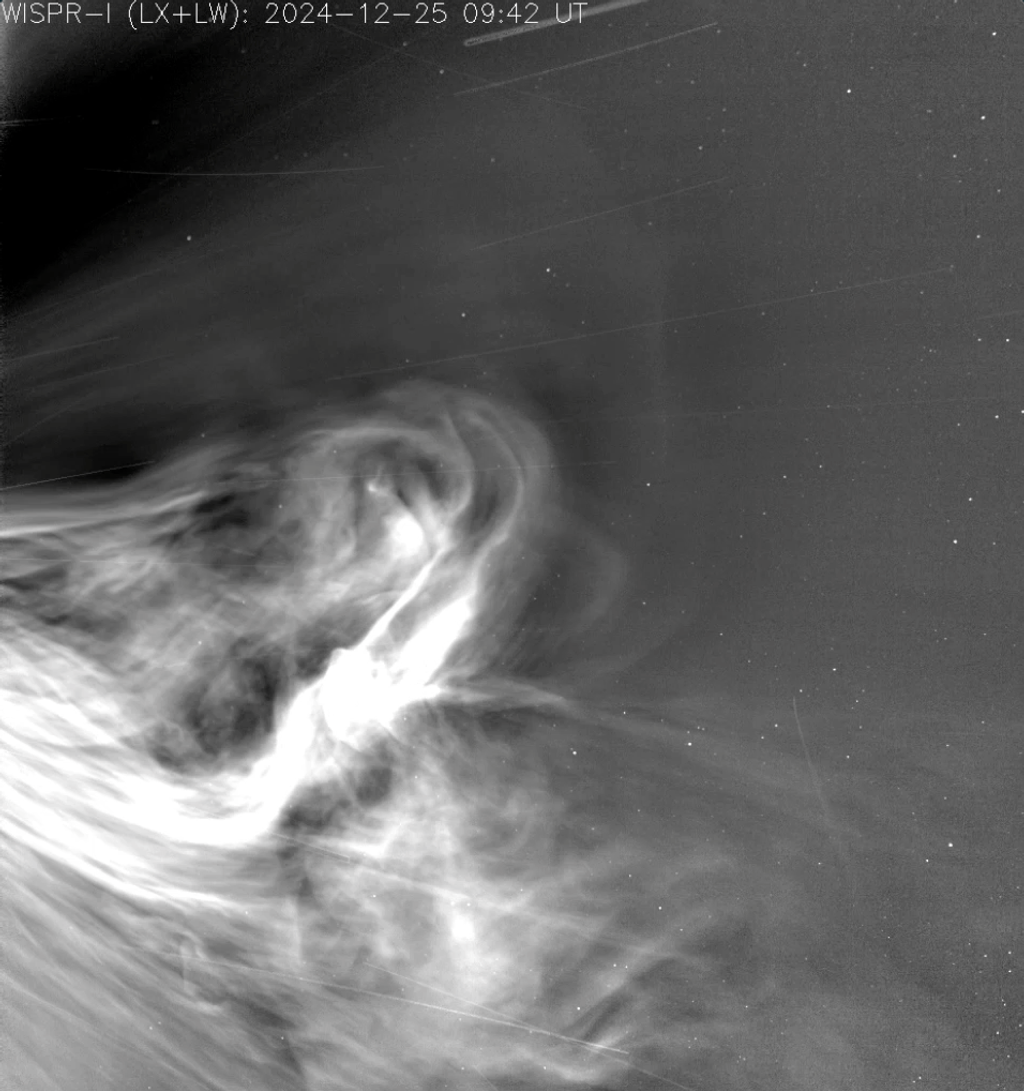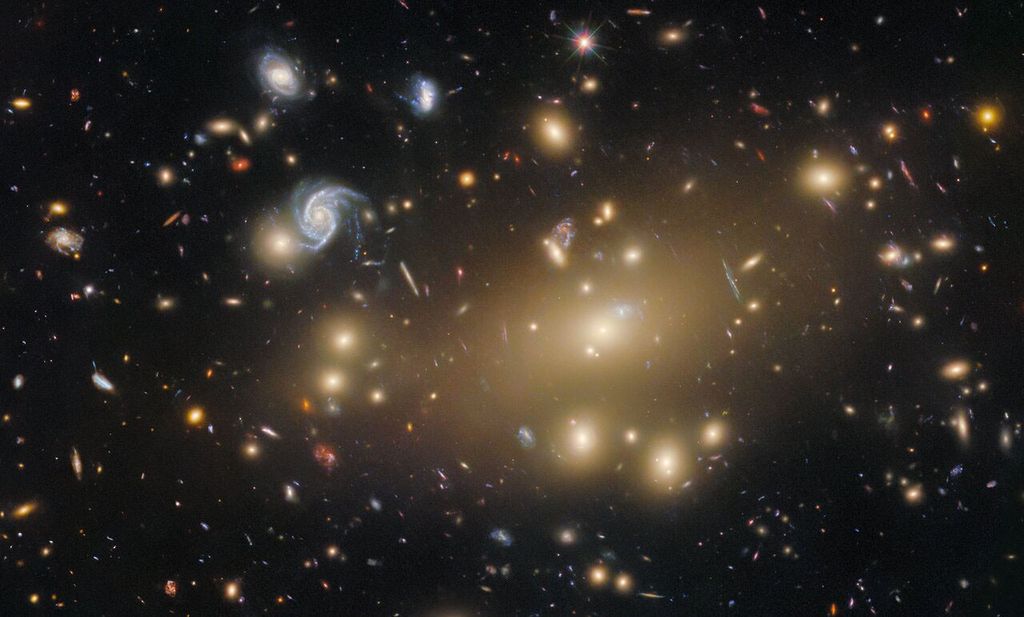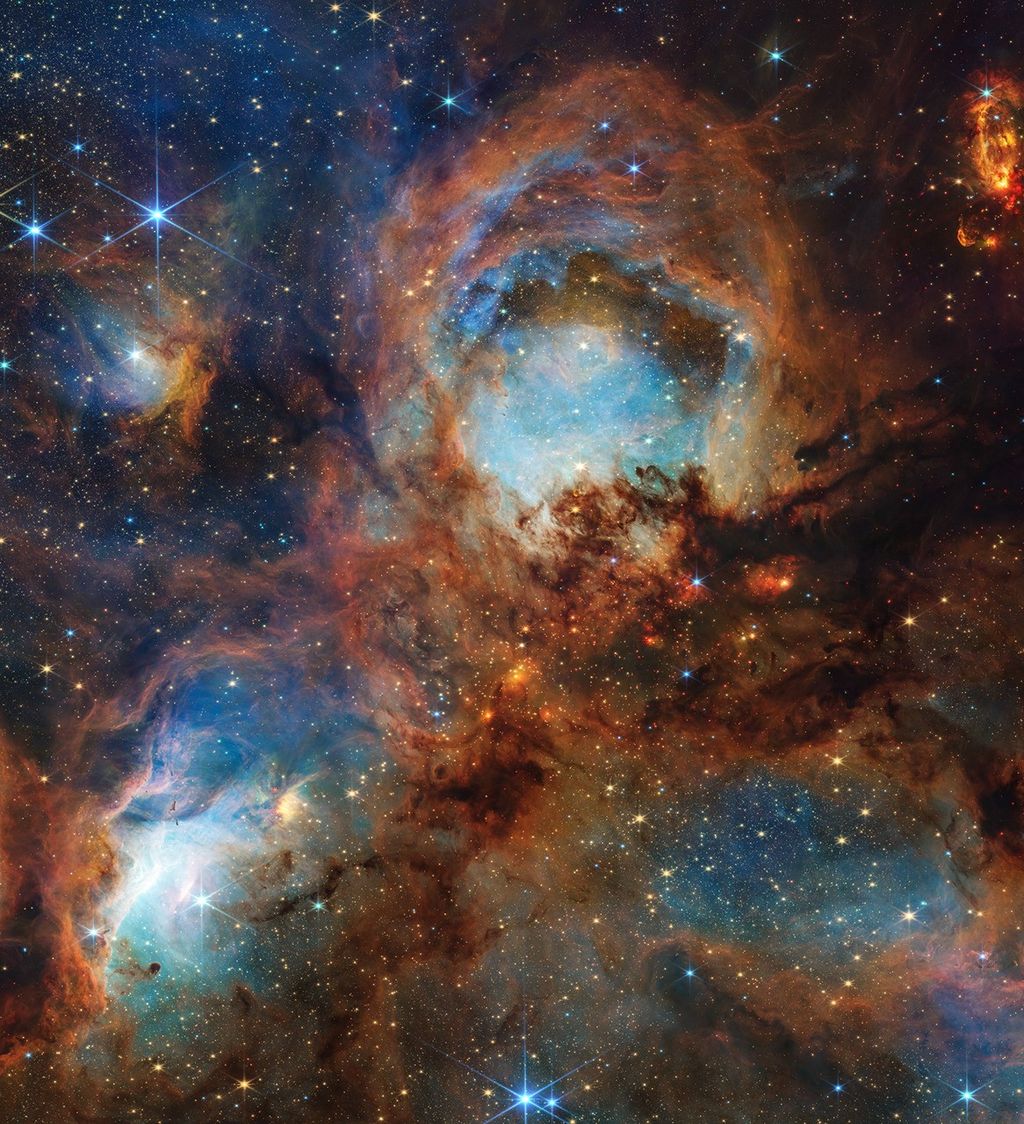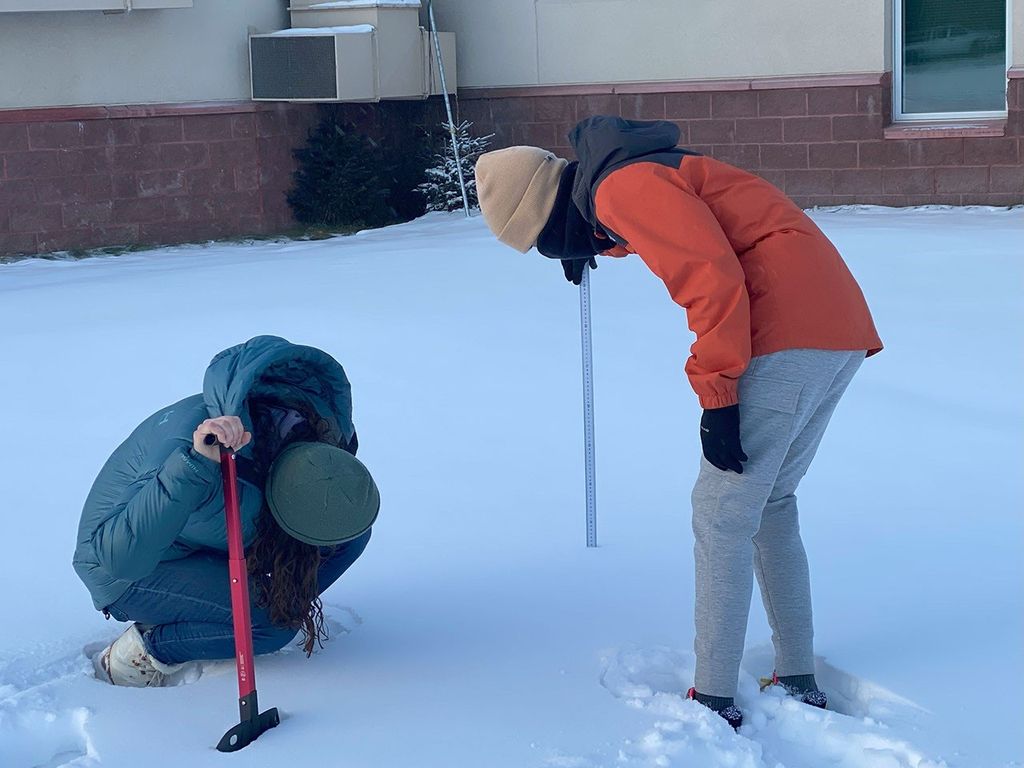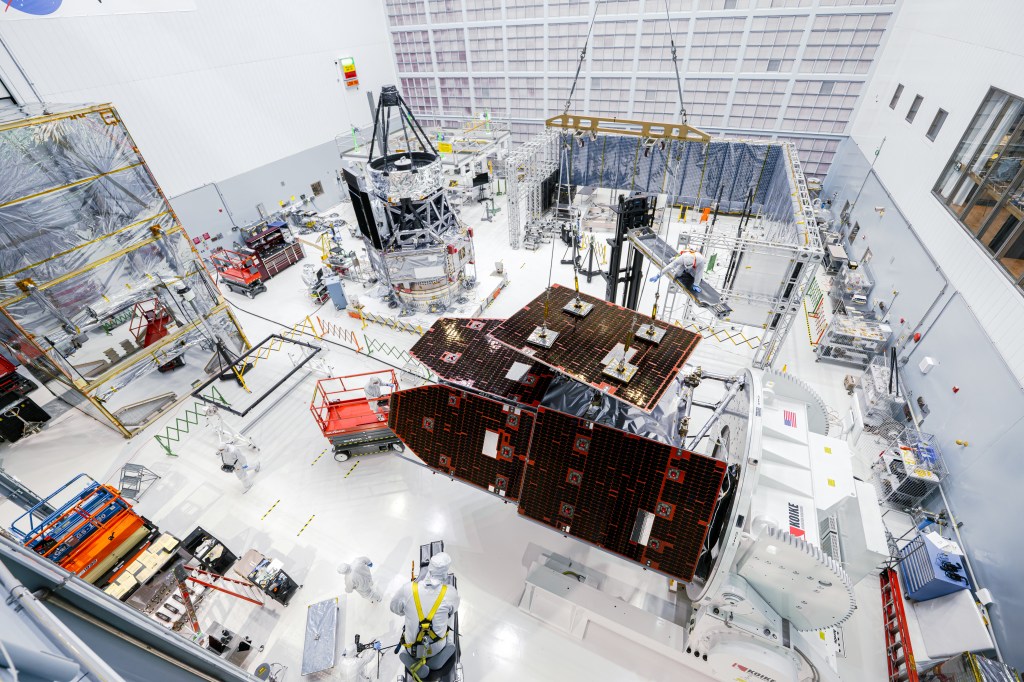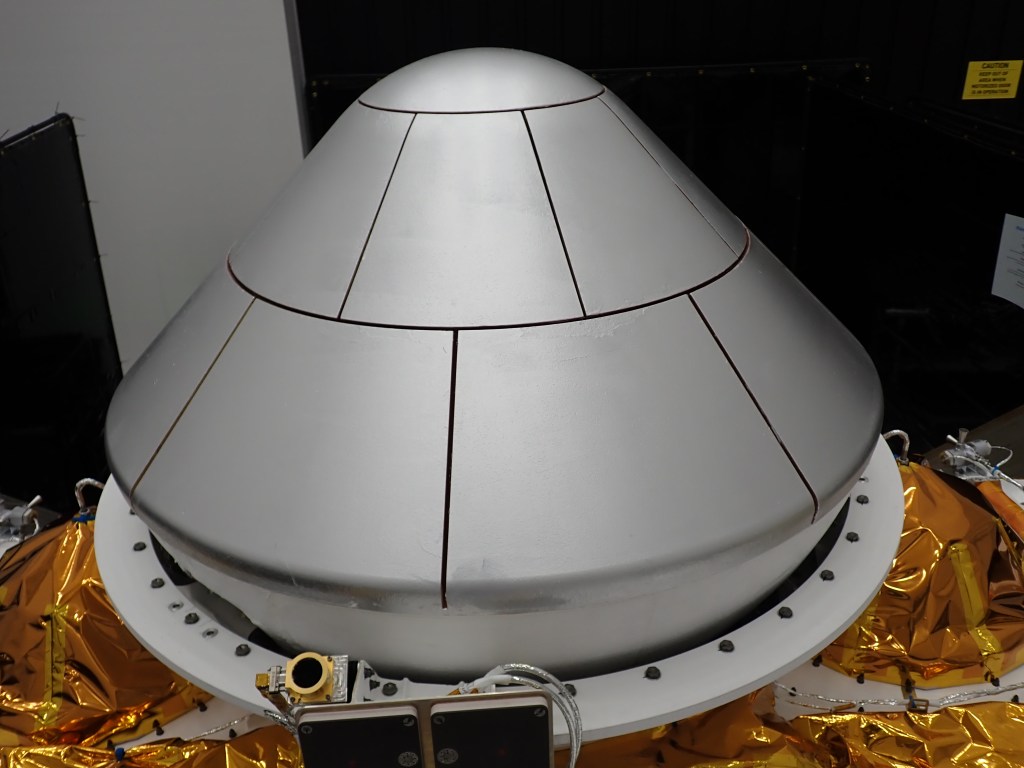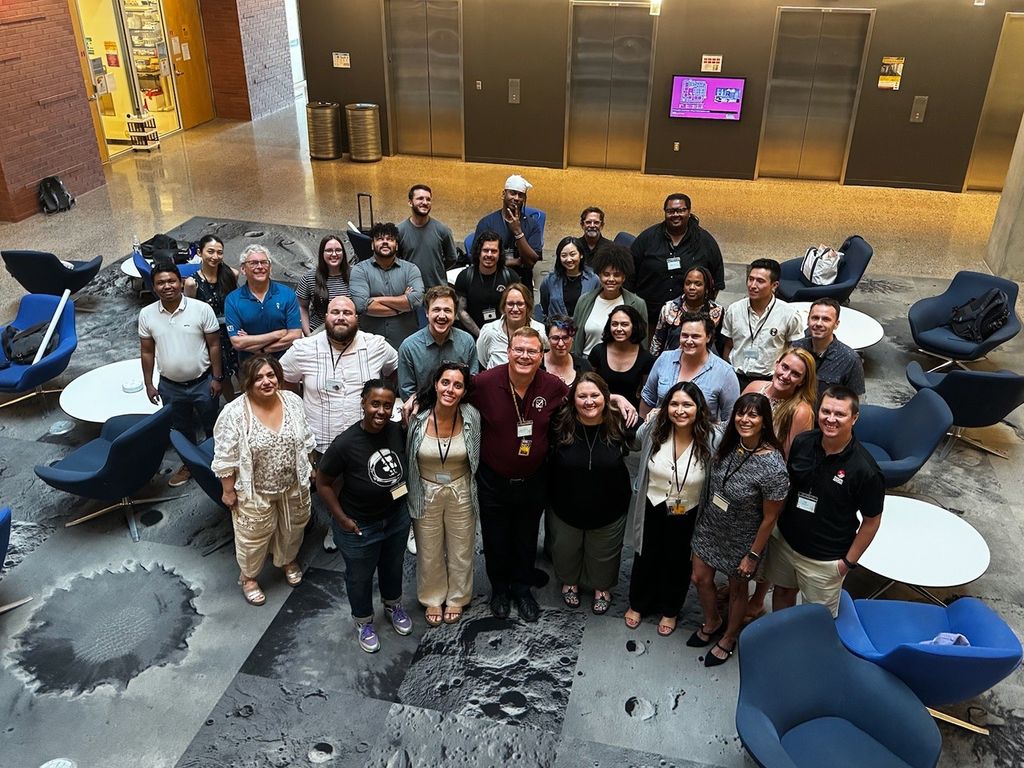ISS Daily Summary Report – 10/19/2022
Payloads:
Cerebral Autoregulation: The crew performed a Cerebral Autoregulation science session, and then stowed the experiment hardware. As the body’s most important organ, the brain needs a strong and reliable blood supply, so the brain is capable of self-regulating blood flow even when the heart and blood vessels cannot maintain an ideal blood pressure. The Cerebral Autoregulation investigation tests whether this self-regulation improves in the microgravity environment of space. Non-invasive tests measure blood flow in the brain before, during, and after a long-duration spaceflight, and provide new insights into how the brain safeguards its blood supply in a challenging environment.
Gravitational References for Sensimotor Performance (GRASP): Three variations of the quasi-free-floating science session was performed. The purpose of the GRASP investigation is to better understand how the central nervous system (CNS) integrates information from different sensations (e.g. sight or hearing), in order to coordinate the hand with the visual environment. More specifically, the science team seeks to better understand if, and how, gravity acts as a reference frame for the control of reach-to-grasp.
ISS Ham pass: The crew participated in an ISS Ham pass with Chief Whitecap Elementary School, Saskatoon, Saskatchewan, Canada. Some of the questions asked by the students include how the crew handles illness or injury on ISS, how the space toilet works, and the crew’s scariest moment in space. Since the earliest space station expeditions, ISS Ham Radio has allowed groups of students in schools, camps, museums, and planetariums to hold a conversation with the people living in space. As the ISS passes overhead, students have about nine minutes to ask crew members 10 to 20 questions.
Plant Habitat: The crew exchanged the battery in the Carbon Dioxide Monitor (CDM), which is currently monitoring the environment in the growth chamber. They also repaired two air hoses which were showing signs of decreased flow. This is a continuation of the work needed to prepare Plant Habitat for the next experiment, which arrives on NG-18. The Advanced Plant Habitat (Plant Habitat) is a fully automated facility that is used to conduct plant bioscience research on the ISS. It occupies the lower half of the EXPRESS Rack and one powered ISIS drawer, providing a large, enclosed, environmentally controlled chamber.
Systems:
Environmental Health System (EHS) Operations: As part of regular maintenance, the crew performed periodic EHS water sampling by collecting water samples from the Potable Water Dispenser (PWD) for in-flight and post-flight analysis. In-flight samples were used to perform a Total Organic Carbon Analyzer (TOCA) analysis that measures the number of organic constituents in the potable water. The crew also tested the water samples for the presence of Coliform bacteria utilizing a Coliform test bag. These tests are used to determine if the drinking water is still safe for crew consumption.
Toilet Test and Checkout: As part of continued troubleshooting efforts, a Toilet Test and Checkout was performed. The crew swapped the EDV in the Backup EDV spot of the Urine Transfer System (UTS) and configured the UTS and Toilet hoses using water and pretreat. Manual dosing and introduction of water was used to simulate uses and check for system leaks. During testing, the ground worked with crew to assess data and provided real-time feedback to the crew on system health. After deactivating the toilet, the crew returned the UTS to its nominal configuration. The Toilet Air Filter was then inspected for signs of liquid carry-over from the Toilet Separator.
Airlock Remote Power Controller Module (RPCM) 2A3B-A Remove and Replace (R&R): After powering down any equipment attached to the Airlock Utility Outlet Panel (UOP), the crew removed the Battery Stowage Compartment from the Airlock Avionics Rack and performed an R&R of the Airlock RPCM 2A3B-A. After the R&R, the crew installed the Battery Stowage Compartment back into Airlock Avionics rack and mated the Battery Stowage Cables to nominal configuration and performed the Portable Fan Assembly teardown. RPCMs are ORUs in the USOS Secondary Electrical Power System and are the interface between the Electrical Power System (EPS) and all non-EPS equipment onboard the ISS. They provide short circuit protection and are able to distribute power from a single input to multiple outputs.
Spaceflight Cognitive Assessment Tool for Windows (WinSCAT) Test: The crew performed a monthly WinSCAT test. The test is a screen tool developed by NASA to monitor astronauts and their neuro-cognitive status while in space and alert NASA flight surgeons to any accuracy or reaction time changes in an astronaut’s performance. WinSCAT tests working memory, computational skills, attention, visual tracking, and spatial processing.
On-Orbit Hearing Assessment (O-OHA): Today the crew performed an auditory test using the O-OHA headset and KUDUwave software. The assessment measures hearing function while crewmembers are exposed to noise and microgravity during long-duration spaceflight.
Completed Task List Activities:
- None
Today’s Ground Activities:
All activities are complete unless otherwise noted.
- Crew Dragon System Checkout
- MSS Maneuver to Park
Look Ahead Plan
Thursday, October 20 (GMT 293)
Payloads:
- Food Physiology Diet Brief
- Grip/GRASP Stow
- JAXA Media Take
- MELFI Icebrick Insert 5
- Plant Habitat CDM Battery Exchange and Removal
- Repository
- Standard Measures
- Veggie OBT and Light Cover Remove
Systems:
- EVA BATT Ops
- CQ Power Supply Assembly Swap
- WHC Water Valve Block Remove and Replace
Friday, October 21 (GMT 294)
Payloads:
- Actiwatch Setup and Stow
- Bio-Monitor
- HISUI MDR HDD Exchange
- MELFI Icebrick Insert 6
- MSG Cleaning
- Repository
- Standard Measures
- XROOTS Fluid Recovery and Plant Check
Systems:
- MOOT v10.1 MDM-16 Int EEPROM Refresh
- JEMRMS Console Checkout
- Mission Data Recorder Laptop Configuration Portable 4TB HDD R&R
- Ammonia Cartridge Inspection
Saturday, October 22 (GMT 295)
Payloads:
- HRP Blood/Saliva Setup
Systems:
- Crew Off-Duty
Today’s Planned Activities:
All activities are complete unless otherwise noted.
- Standard Measures Body Sampling Survey/Collection/Stow
- HRF Generic MELFI Sample Retrieval and Insertion
- HRF Generic HRF Centrifuge Frozen Blood Collection
- COL_Payload_Laptop2 Deploy/Stow
- Cerebral Autoregulation Data Measurement
- EHS PWD Sample Collect
- EHS TOCA PWD Sample Analysis/Data Record
- Acoustic Monitor Setup for Crew Worn Measurements
- Cerebral Autoregulation Closeout
- Connect EXPRESS-3 Laptop to EXPRESS Rack 10B
- CWC-Iodine Inspection
- EHS Coliform Water Processing
- JAXA Try Zero G Consolidation and Audit
- Plant Habitat CDM battery changeout
- Plant Habitat Environmental Control System Remove and Replace
- Airlock Utility Outlet Panel Power Down/On
- Toilet Urine Transfer System Hose Configuration
- GRASP Deployment in Free floating Configuration
- MELFI 1 Ice Brick Insert 4
- Toilet Test and Checkout Part 3: Water Flow Testing and Leak Checks
- Airlock RPCM 2A3B-A R&R and Reconfig
- Health Maintenance System (HMS) WinSCAT Test
- GRASP science performance in quasi free floating configuration
- Toilet Test and Checkout Part 3: Activation/Deactivation
- Public Affairs Office (PAO) Event in JEM
- ISS HAM Columbus Pass Kenwood
- Crew inspection of Toilet Air Filter for signs of liquid carry-over from Toilet Separator
- Urine Transfer System Backup EDV Swap
- O-OHA with Kuduwave Software Setup and Test
- Acoustic Monitor Battery Swap
- HRF Generic Urine Collection
